On August 10, the Ministry of Health informed that it had sent a document to the People's Committees of provinces and centrally-run cities; the Institute of Hygiene and Epidemiology, the Pasteur Institute, the Institute of Malaria-Parasitology-Entomology; and hospitals under the Ministry on strengthening the prevention of Chikungunya disease.
According to the World Health Organization, the Chikungunya epidemic is currently on the rise, with large outbreaks recorded on several islands in the Indian Ocean and spreading to several countries in Africa, South Asia and Europe.
In order to proactively control and prevent the epidemic, the Ministry of Health requests the People's Committees of provinces and cities to direct the Department of Health and related departments and branches to strengthen epidemic surveillance at border gates, medical facilities and communities to promptly detect suspected cases, especially in areas where people return from epidemic areas. When a suspected case is detected, it is necessary to take samples for timely diagnosis; Organize investigation and thoroughly handle outbreaks, prevent spread, monitor mosquitoes and disease vectors at border gates and in the community according to the instructions of the Ministry of Health;
Medical examination and treatment facilities should organize well the admission and treatment of patients, exploit medical history, examine and treat promptly; at the same time, have a plan for professional decentralization to avoid hospital overload.
Relevant units deploy Chikungunya disease prevention work combined with dengue fever prevention through mosquito larvae eradication campaigns, ensuring that all households in epidemic and at-risk areas must have their water tanks, containers, items, waste, and mosquito breeding grounds inspected and monitored to carry out mosquito larvae eradication measures.
In addition, the Ministry of Health requires strengthening communication and health education on mass media. Communication content should focus on the characteristics of Chikungunya disease, typical symptoms, transmission routes and prevention measures so that people can proactively implement prevention measures and promptly go to medical facilities for examination, consultation and treatment according to instructions. At the same time, review and prepare adequate resources for disease prevention, ensuring timely response when an epidemic occurs.
Provinces set up inspection teams to monitor disease prevention in their localities, especially in high-risk areas.
For the Institute of Hygiene and Epidemiology, Pasteur Institute, Institute of Malaria-Parasitology-Entomology, and affiliated hospitals, the Ministry of Health requests coordination with the provinces to closely monitor the epidemic situation; strengthen direction on Chikungunya disease prevention and control in the areas under their management, especially in border provinces.
Chikungunya is an infectious disease caused by the Chikungunya virus (CHIKV), which is not transmitted directly from person to person but is transmitted by the Aedes mosquito (the same type of mosquito that transmits dengue fever). Mosquitoes mainly bite during the day and can be at their peak activity in the early morning and late afternoon.
According to the World Health Organization, Chikungunya disease was first recorded in 1952 in Tanzania (East Africa).
On July 22, 2025, the World Health Organization (WHO) issued a warning about the rapid spread of Chikungunya, with major outbreaks reported in Indian Ocean islands such as La Réunion and Mayotte. These outbreaks have now spread to parts of Africa, South Asia, and Europe.
Chikungunya symptoms appear 4 to 8 days (range 2 to 12 days) after being bitten by an infected mosquito. Most symptoms usually resolve within 2 to 7 days. The disease is characterized by a sudden onset of fever above 38.5 degrees Celsius, accompanied by severe joint pain/arthritis. Other common symptoms include joint stiffness, arthritis, headache, fatigue, and rash. Joint pain is often debilitating and often lasts for several days or longer.
Patients at risk of more severe disease include newborns who are infected at birth from infected mothers or who become infected in the weeks after birth, and adults with underlying medical conditions. Once recovered, they are immune to Chikungunya. There is currently no specific antiviral drug to treat Chikungunya. Treatment is mainly aimed at relieving symptoms, including joint pain relievers and fever reducers./.
Source: https://www.vietnamplus.vn/tang-cuong-giam-sat-dich-chikungunya-ngay-tai-cua-khau-co-so-y-te-post1054826.vnp


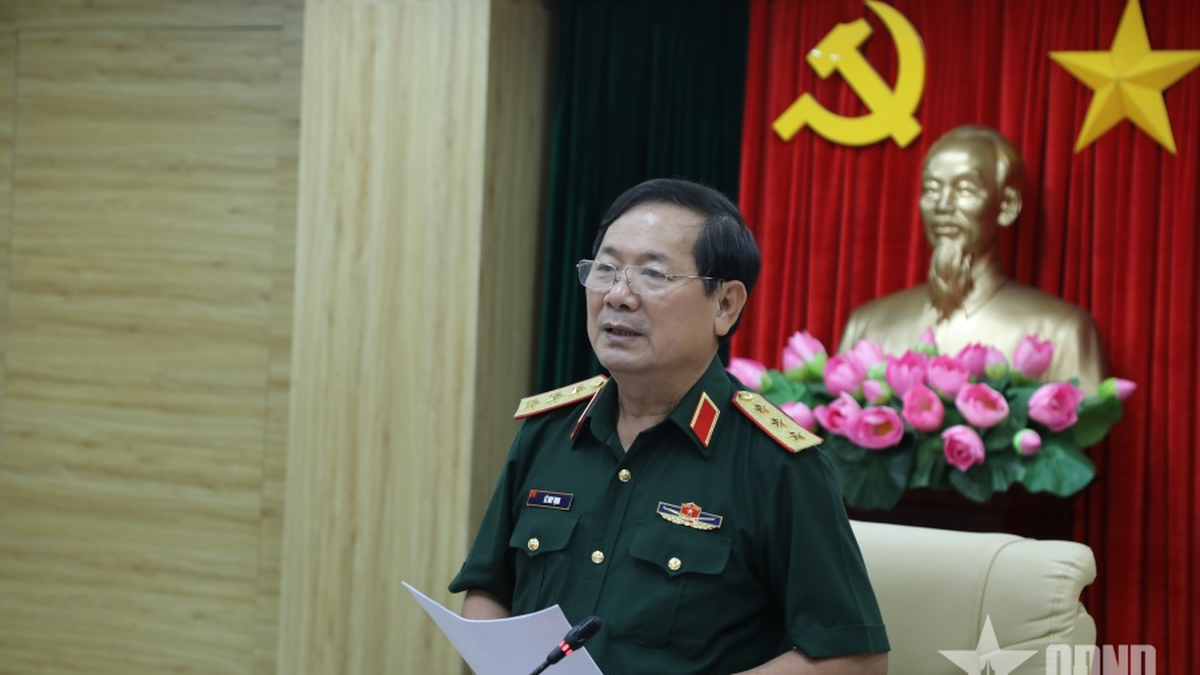

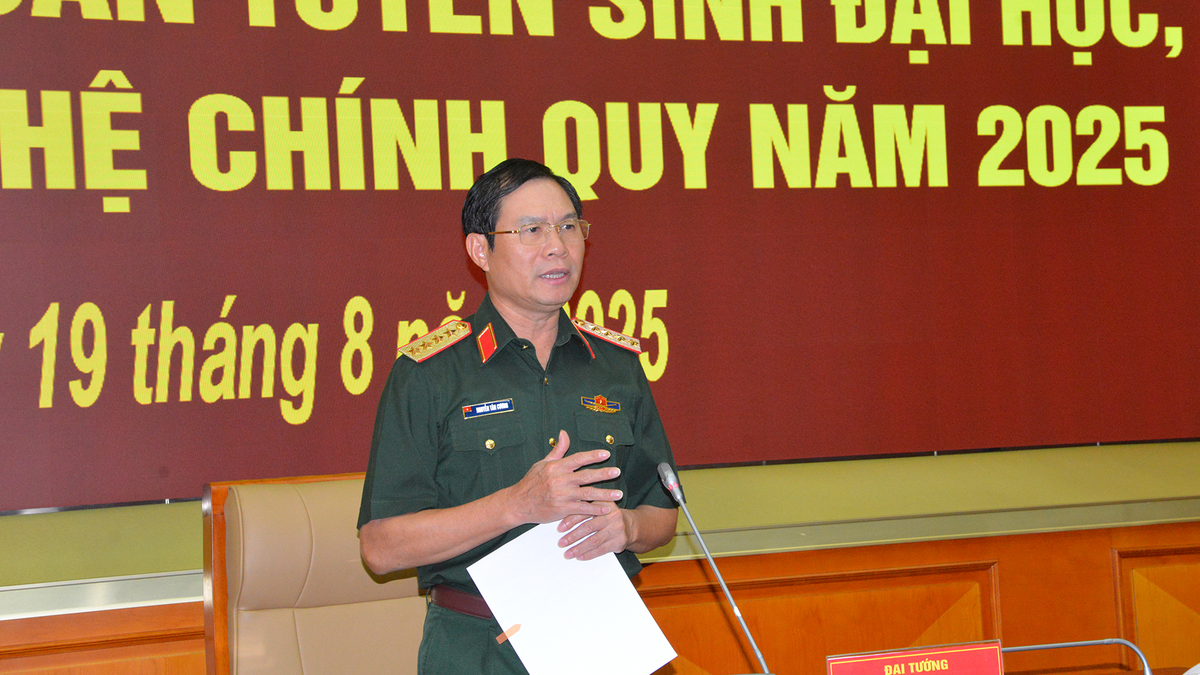


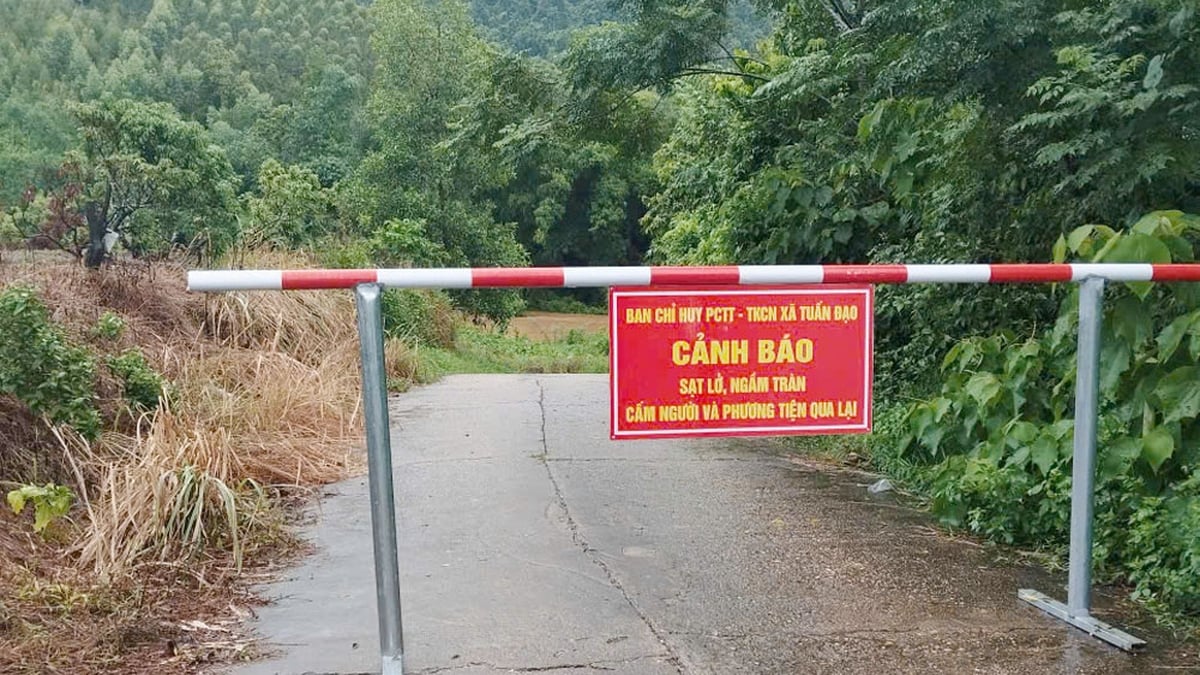
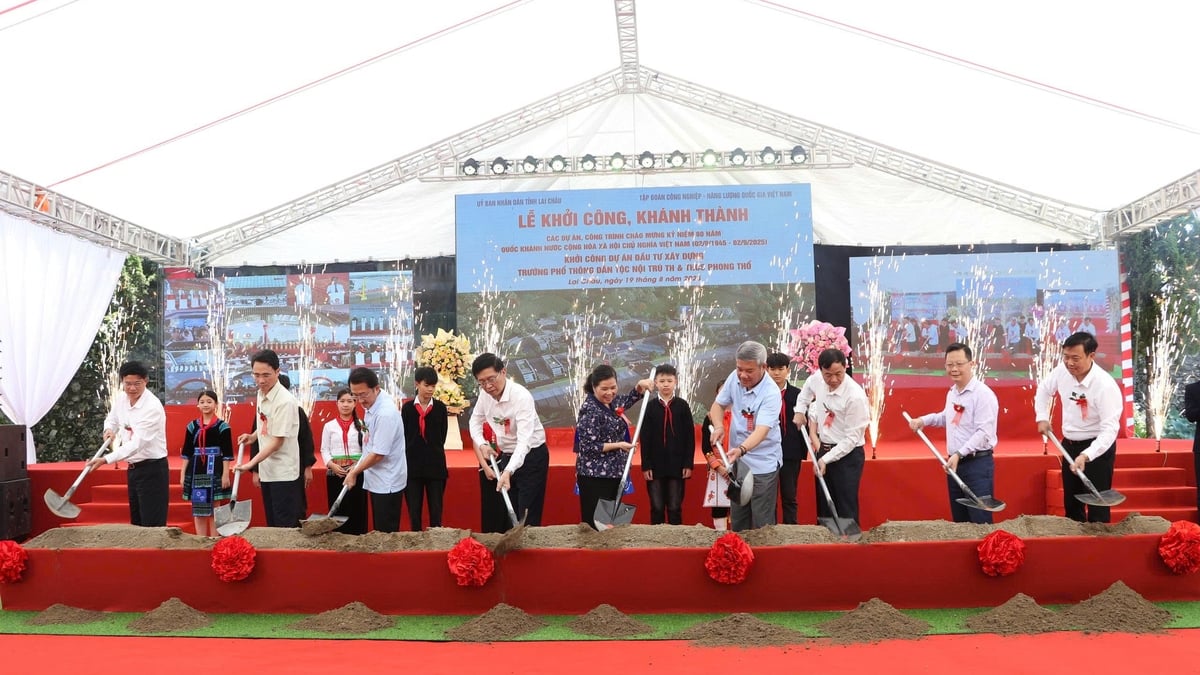
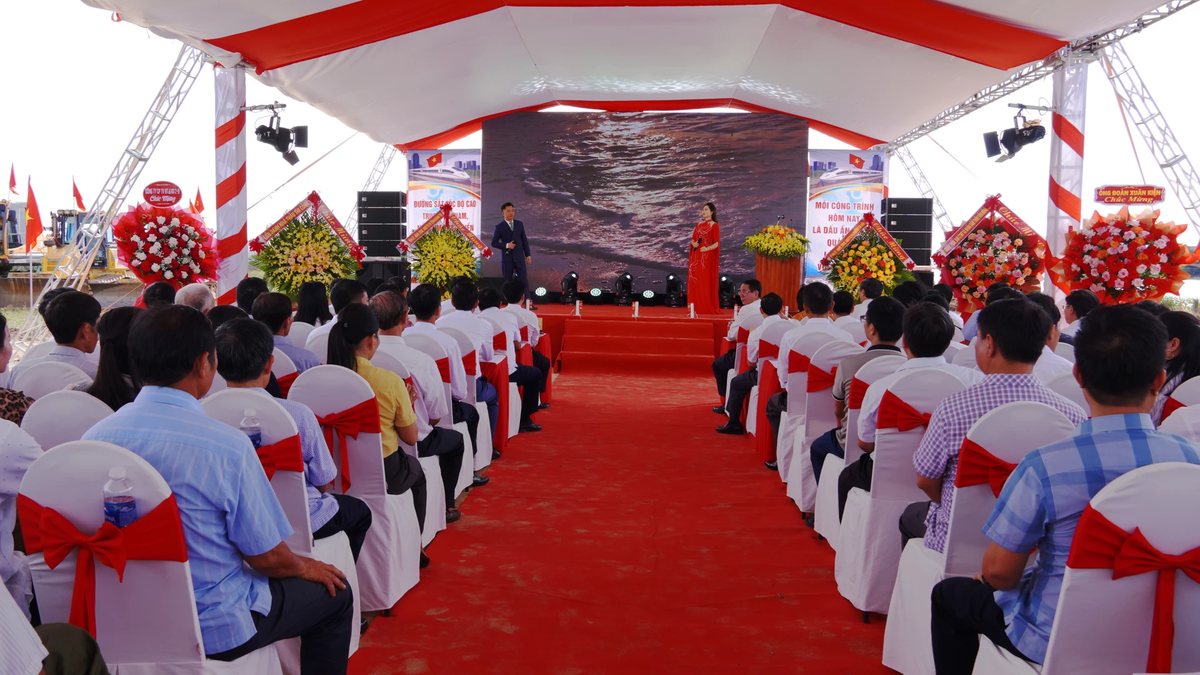
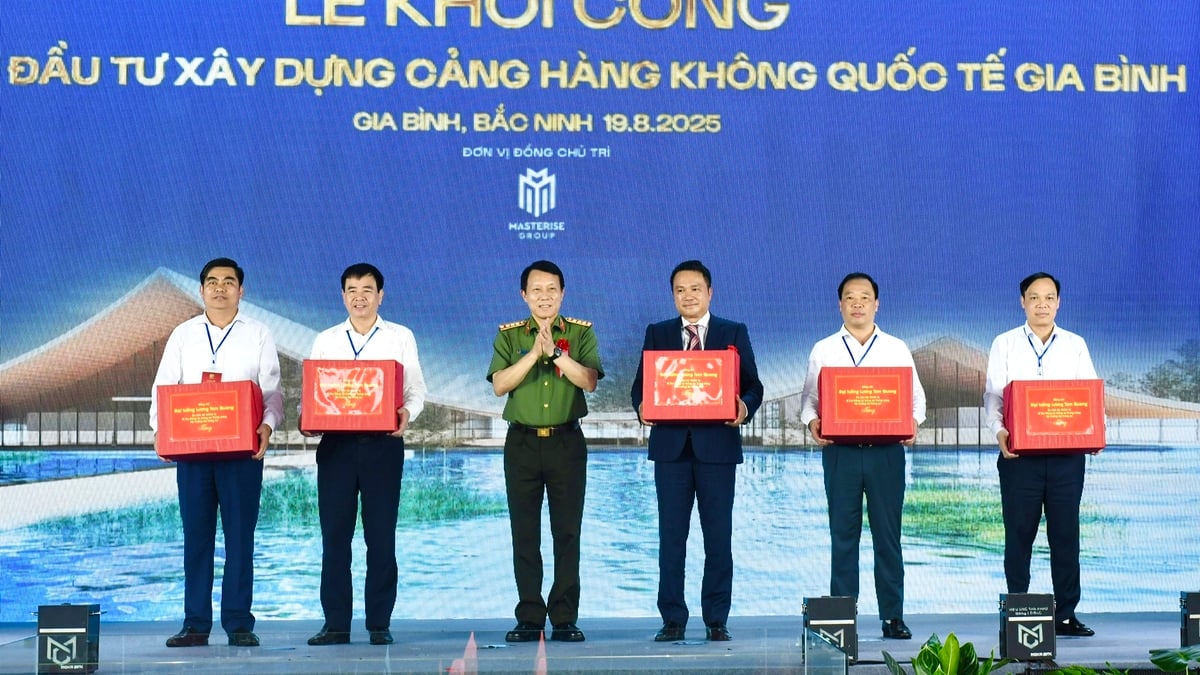












![[Photo] Close-up of the first International Financial Center building in Ho Chi Minh City](https://vphoto.vietnam.vn/thumb/1200x675/vietnam/resource/IMAGE/2025/8/19/3f06082e1b534742a13b7029b76c69b6)

![[Photo] President Luong Cuong holds talks with King Jigme Khesar Namgyel Wangchuck of Bhutan](https://vphoto.vietnam.vn/thumb/1200x675/vietnam/resource/IMAGE/2025/8/19/c30721857ff84d7cbd498ddaee712ad3)
![[Photo] General Secretary To Lam and President Luong Cuong attend the handover ceremony of the Presidential Office Headquarters](https://vphoto.vietnam.vn/thumb/1200x675/vietnam/resource/IMAGE/2025/8/19/a37cfcbd301e491990dec9b99eda1c99)
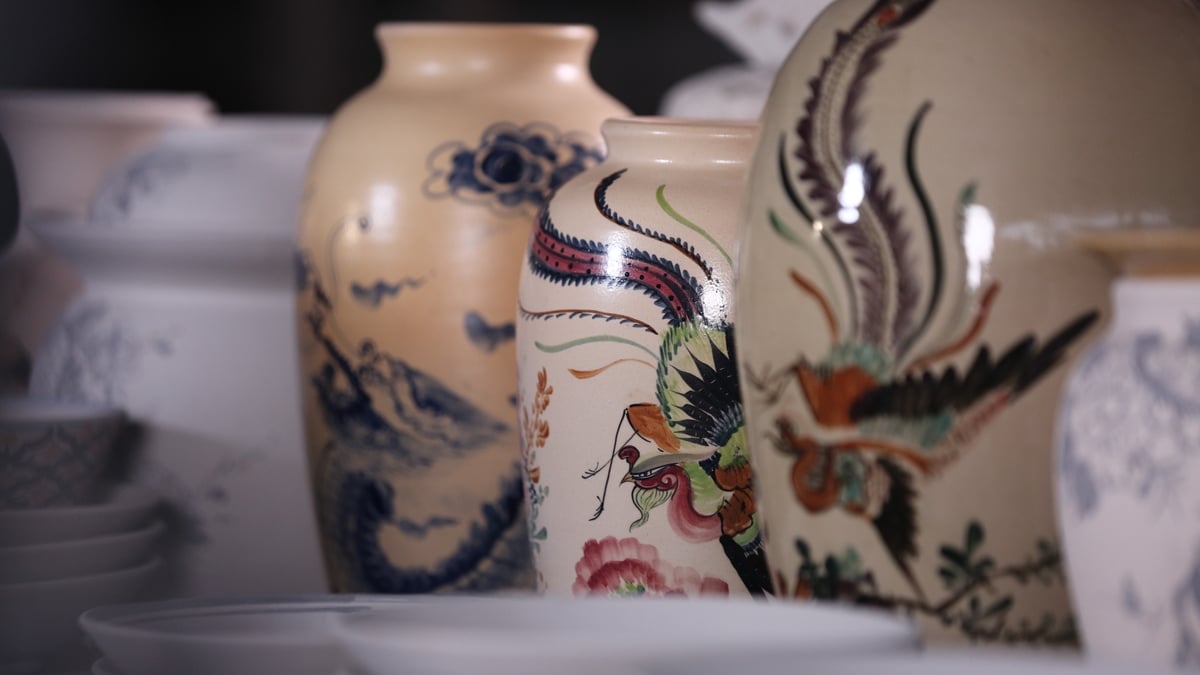
![[Photo] General Secretary To Lam attends the inauguration and groundbreaking ceremony of 250 projects to celebrate National Day](https://vphoto.vietnam.vn/thumb/1200x675/vietnam/resource/IMAGE/2025/8/19/3aa7478438a8470e9c63f4951a16248b)
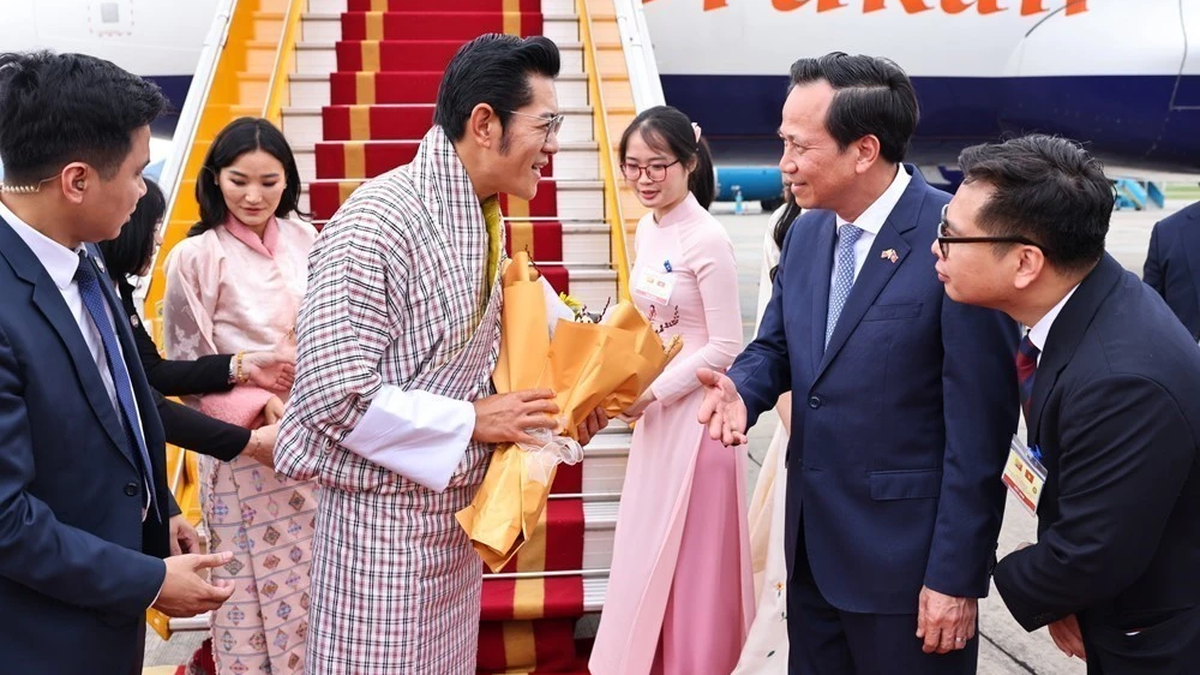

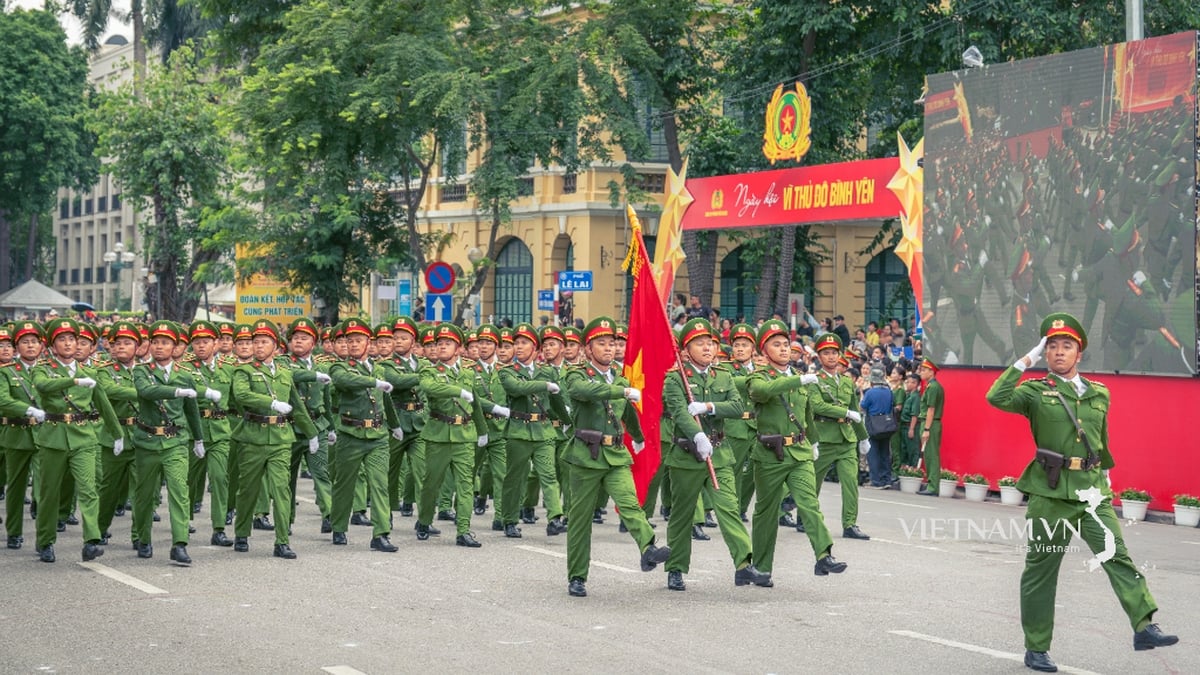




























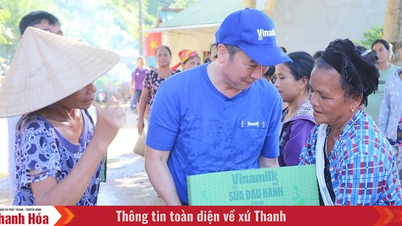



























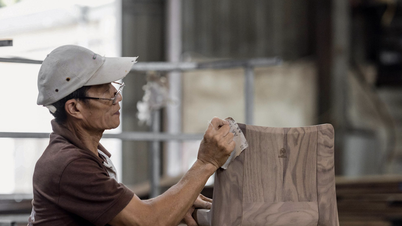


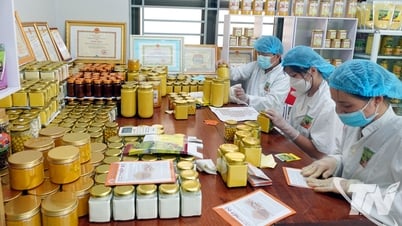








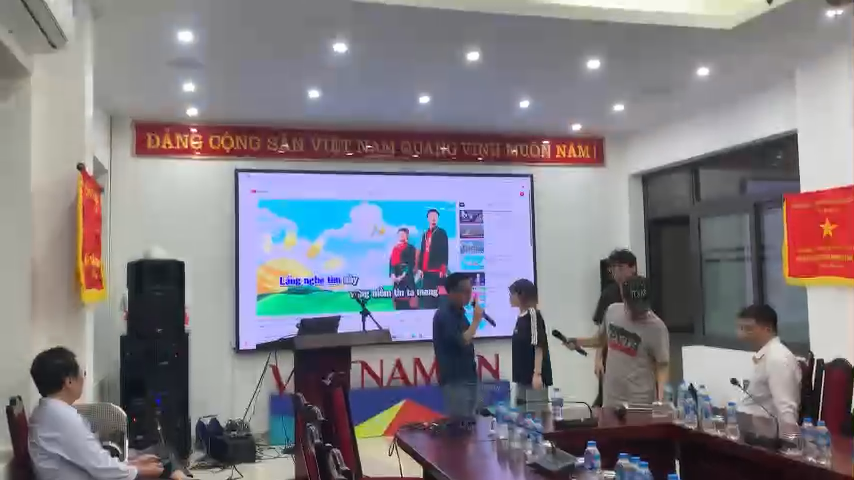

Comment (0)